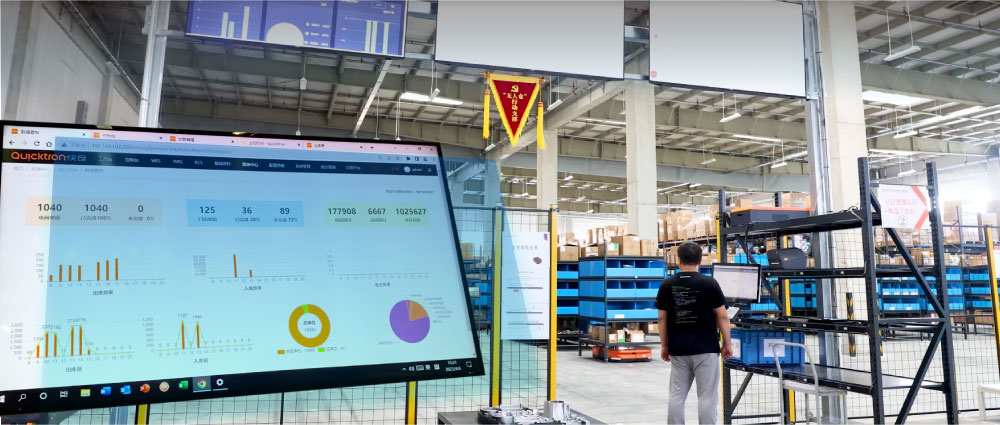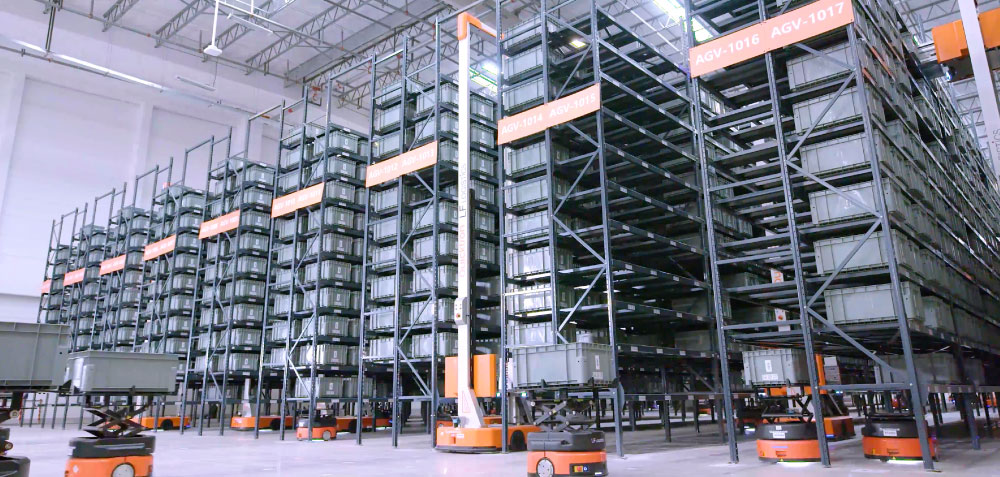
The evolving landscape of third-party logistics providers (3PLs) has been marked by a series of transformative events over recent years. The surge in e-commerce trends and the escalating demand for speedy deliveries have propelled the 3PL sector into a realm of both opportunities and challenges. Simultaneously, warehouse space and the available labor force have been gradually diminishing. As the Global 3PL Market size is estimated at USD 1.19 trillion in 2023 and is projected to grow at a CAGR of 7.68% to reach USD 2.01 trillion by 2030, the potential for expansion is undeniable. However, the scarcity of resources to support this growth is an undeniable concern.
Forecasts predict a looming deficit of approximately 190 million square feet of warehouse space within the next five years, which could lead to increased rental prices and amplified pressure on 3PLs. Additionally, the scarcity of labor remains a significant challenge, with a consistent 12% annual growth in worker demand since 2015. Shortfalls made labor expensive and unaffordable. According to McKinsey with the current pressure on wages and increased final-mile costs, logistics costs may increase to 15 to 25 percent of e-commerce revenues in the near future.
Amid these trials, a pivotal question arises: How can 3PLs navigate this challenging terrain? With more than 40% of companies escalating their reliance on global 3PL services, the trajectory toward embracing innovative solutions is unmistakable. The days of client-specific fulfillment are dwindling as expectations for rapid deliveries rise. Therefore, 3PLs must explore novel strategies to maximize resources and space across a diverse client base. In this article, we delve into three emerging approaches that are redefining the 3PL landscape.
When warehouse expansion is not a viable option, the most pragmatic approach to alleviate space constraints is to optimize existing resources. An effective method involves capitalizing on vertical space through extended racks. Vertical rack storage offer a versatile solution when paired with autonomous mobile robots (AMRs) and efficient intralogistics systems. This synergy enables optimized storage, particularly for assorted inventory types. By tapping into vertical space, 3PLs can triple storage capacity, expedite high-volume, multi-client orders, and curtail variable costs per unit.
An innovation like the QuickBin ® system takes this concept to the next level by providing a remarkably dense storage capability of up to 8.3 meters in height. This cutting-edge technology optimizes vertical space while offering enhanced accessibility and organization. The QuickBin ® system becomes an essential tool for 3PLs aiming to make the most out of their existing resources and tackle the looming space deficit.
Additionally, evaluating the current warehouse flow unveils potential avenues for enhancing efficiency and space management. Commence by crystallizing the warehouse's overarching objectives and client-specific goals. This alignment sets the foundation for a streamlined layout and operational flow. A meticulous evaluation identifies areas ripe for enhancement, advocating for the consolidation of client flows when feasible. Moreover, designing adaptable layouts facilitates future adjustments to cater to evolving needs.

As the dimensions of warehousing evolve, 3PLs are embracing a new paradigm to address the ever-shrinking resources and escalating demand. This innovative approach, termed multi-client synergy, revolutionizes the way warehouses operate and interact with clients. Instead of the traditional model of separate warehouses for distinct clients, multi-client centers are integrating complementary sectors and services within a single warehouse. This holistic strategy accelerates fulfillment through scalable automation solutions while curbing labor, transportation, and space costs, resulting in average savings ranging from 7% to 9%.
Central to this concept is the integration of diverse client flows, enabling a dynamic allocation of resources based on real-time demand. This approach enhances inventory management, amplifies the last-mile carrier network, and leverages scalable automation solutions. Moreover, this integrated operational model relies on seamless connectivity between systems, personnel, and automation, fostering synchronized decision-making.
Quicktron's cutting-edge warehousing software employs AI algorithms for precise resource allocation. By analyzing order history, the platform forecasts future demand, optimizing shelf and bin placement. This reduces workstation distances, boosting picking efficiency. Grouping related items through outgoing order analysis enhances shelf hit rate. To ensure seamless, high-speed operations, robots follow optimized paths, with instant adaptation to irregularities for maximum traffic efficiency.
The multi-client synergy model capitalizes on shared resources, optimizing costs and processes throughout the warehouse. By consolidating inventory reception across clients, worker, and robotic efficiency are significantly boosted. Additionally, the utilization of common pack stations and packaging materials leads to reduced costs and time. Diverse configurations, from sector-based consolidation to mixed rack solutions, facilitate the harmonious integration of multiple clients within a singular area.
The multi-tenant fulfillment paradigm seamlessly incorporates artificial intelligence (AI) and machine learning to drive decision-making, particularly in domains like labor management and demand forecasting. Orchestrating automation solutions, including assisted picking and goods-to-person systems, is executed through a multi-agent orchestration platform that harmonizes personnel, software, and robotic components from diverse vendors.
These orchestration technologies traverse every facet of the fulfillment process, encompassing inventory management, returns, and labor planning. Consequently, 3PLs realize swift order fulfillment, augmented productivity, and an engaged, streamlined workforce. An agnostic orchestration approach empowers 3PLs to optimize variable costs per unit by maximizing vertical space utilization, devising intelligent warehouse layouts, selecting tailored automation, and minimizing aisle requisites. Expectedly, fulfillment orchestration drives efficiency enhancements ranging from 2 to 5 times, mitigate labor onboarding needs, and substantially reduces the demand for certified equipment operators.
Intelligent data analytics offer valuable recommendations and provide end-to-end visibility into the performance of every resource, encompassing software and hardware. Simultaneously, continuous process flow optimization eradicates bottlenecks, facilitating streamlined operations and accelerated fulfillment for multiple clients.
Amidst burgeoning demand and constrained resources, innovative 3PLs are embarking on a transformative journey to revolutionize resource optimization and spatial utilization. By capitalizing on strategies that encompass vertical space expansion, multi-client integration, and intelligent orchestration, these 3PLs are carving a path to unprecedented growth and operational excellence. In an era where adaptability reigns supreme, these pioneering approaches are set to redefine the 3PL landscape, charting a course for enhanced efficiency and enduring success.